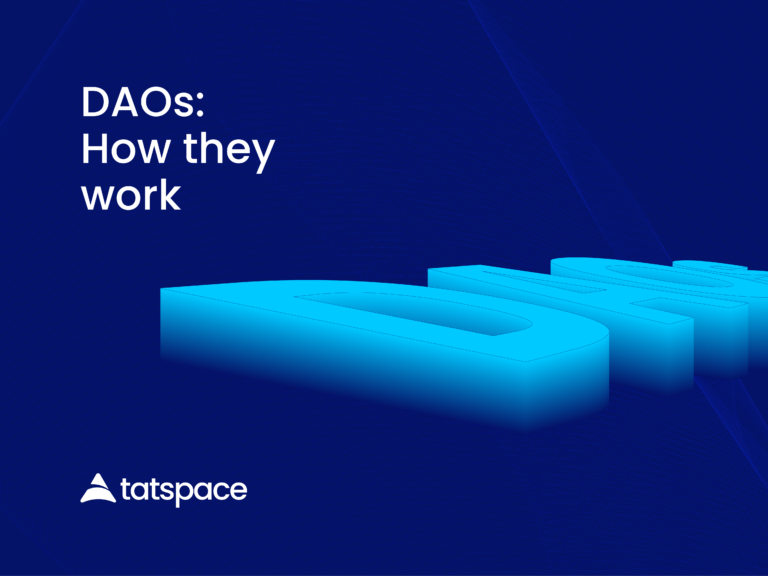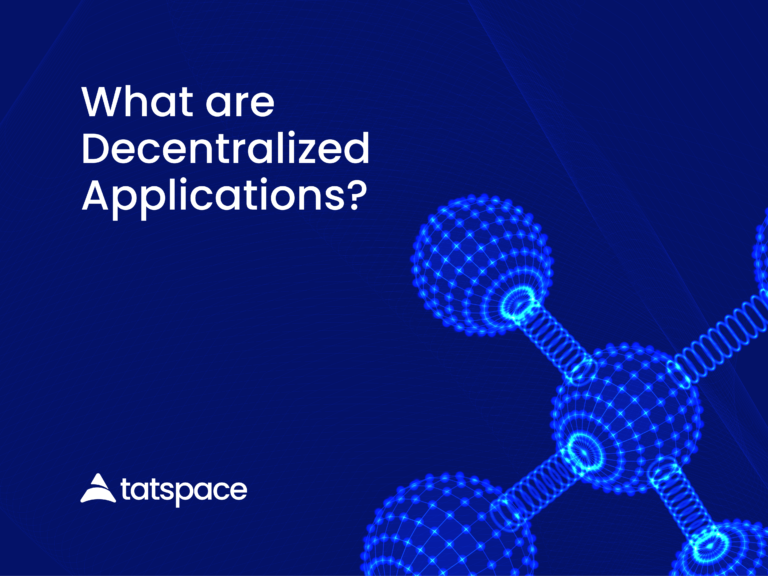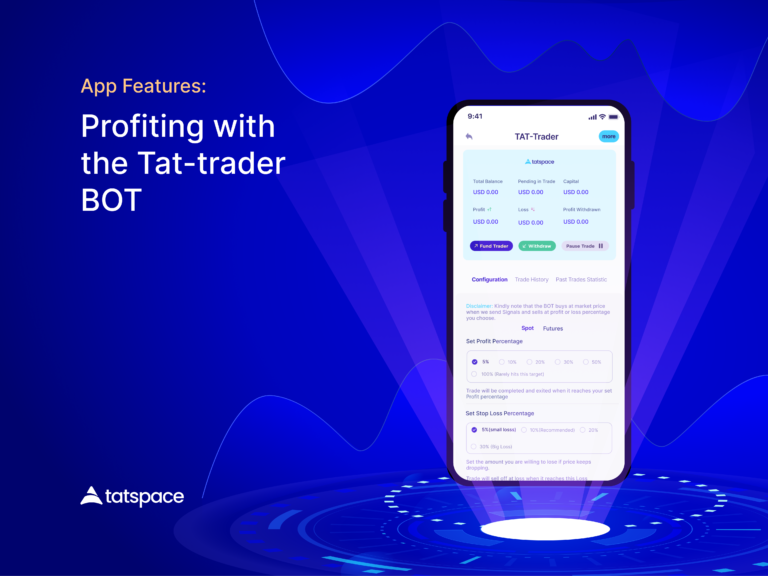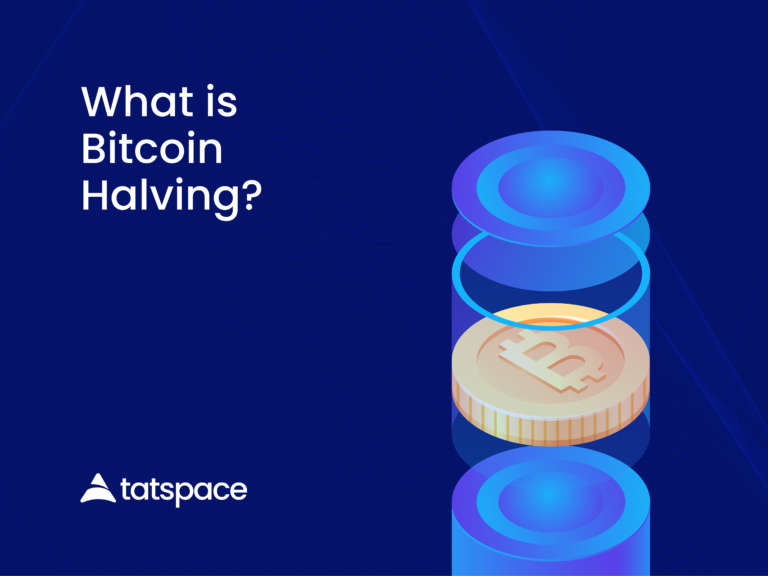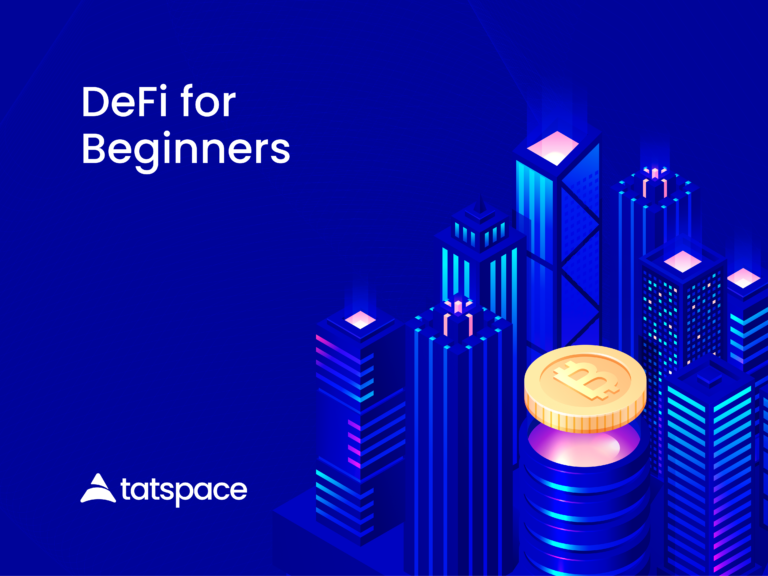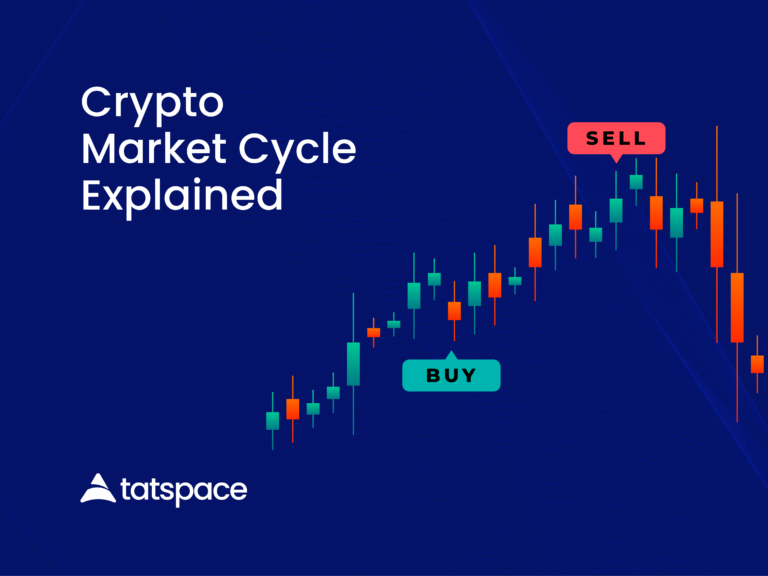 Let’s differentiate Yield farming and staking: which one is better for the average investor and how are they different?
Let’s differentiate Yield farming and staking: which one is better for the average investor and how are they different?
The idea of earning passive income as a strategy in crypto is slowly growing into new forms.
They carry risks on their own and also, they are now becoming more popular than HODL-ing.
Well, before yield farming, staking was already in existence, and before staking, mining was long there.
As we evolve, blockchain developers are finding new ways of providing passive income opportunities for users to earn from existing capital
Yield farming grew and became a special hit that bloomed alongside DeFi and all of its great new features in 2020.
Most Crypto investors have moved to staking.
Providing liquidity to decentralized exchanges (DEXs) is multiple times much more profitable when compared to staking.
As newbies into the Blockchain space, don’t be more interested in the profits neglecting the need to know that there are risks involved in yield farming.
Is earning higher APY rates enough for the crypto community to ignore?
What are the hazards that unsecured liquidity pools may have to offer?
Well you may want to say perhaps staking is better, or maybe it’s not.
How does these two methods of earning passive income differ and how each of them suits different groups of investors.
What is yield farming?
Yield farming is sort of a complicated concept that tries to challenge even the most experienced cryptocurrency investors.
That’s why there’s a need to look at all the safety hazards before diving into it.
Yield farming is what we alternatively call liquidity mining.
A method designed to earn cryptocurrencies by lending crypto assets to DeFi platforms temporarily.
The main product of the DeFi market is the Decentralized exchanges.
For decentralized exchanges to facilitate trades, they rely on investors to help.
Investors that are willing to assist them by lending their Crypto assets.
As a yield farmer, when you provide liquidity to a DEX for instance Tatswap, it means you want to earn a portion of the platform’s fees, paid for by token swappers who can access the liquidity.
As a Yield farmer, you are at liberty to contribute your assets for as long as you want.
You will be able to earn fees for the period.
It lasts either as short as a couple of days or as long as a few months, on a daily basis.
The more you lend as a Yield farmer, the higher the rewards you earn.
Yield farming pools are highly competitive because of their high yield rates (APY).
These rates change everything time, that’s why liquidity farmers switch back and forth between platforms.
As Yield farmers switch between platforms, they will have to pay gas fees every time they leave or enter another liquidity pool.
During those times when there was high network congestion on the Ethereum network, switching for high-APY LPs is almost completely inefficient because you may be at a loss.
How it works
Platforms like Yearn Finance had to combat the issue of gas fee through the use of ‘Vaults.’
It was implemented as an automated yield farming strategy.
After depositing your assets to a vault on Yearn Finance, the vault will constantly help to rebalance the assets across all DeFi’s Liquidity providers (LPs) to participate in the best yield farming opportunities.
The vault also has the feature of reinvesting the profits to increase its size, which in turn naturally leads to a higher profit for upcoming yield farming opportunities made available.
Safety risk to adopt in yield farming
Decentralized Finance (DeFi), is similar to what we know as ICOs.
DeFi protocols are managed by smart contracts
- The first risk is Security.
Smart contracts are poorly coded.
Most times, they result in security vulnerabilities which are now exploited by ‘hackers.’
When Liquidity is provided to any DeFi platform and it happens that the project suffers a loss of funds, your invested funds will be gone forever.
Not to worry, having Insurance coverage platforms just like Nexus Mutual helps yield farmers as well as other DeFi participants secure their assets during such events.
Although some users in order to protect themselves from such exploits, they end up spending a good portion of their capital.
2. The second risk involved is the issue of impermanent loss.
This Impermanent loss occurs when someone deposits his assets to a liquidity pool, and the cryptocurrency they provide Liquidity in that pool suddenly faces a large spike in its volatility.
If it happens that the asset goes up, you may end up making less money than if you had just decided to hold the asset in your wallet.
Similarly, you will also suffer impermanent loss as an investor if the asset loses its value.
The truth is, there is practically no way to actually defend yourself against impermanent loss.
The most efficient solution is for you to monitor the markets and yield farm especially when altcoins range.
What is staking
Staking is derived from the Proof of Stake consensus model.
It is an alternative to the energy-fueled Proof-of-Work model of Bitcoin where users have to mine cryptocurrencies.
Stakers lock up their assets to act as nodes and confirm blocks.
Instead of spending electricity and hardware power they are able to solve complex mathematical problems and confirm transactions which the probability of winning is low.
For instance let’s look at the new Ethereum 2.0 network.
It enforces a strict rule where users of it’s network will have to lock up 32 Ether so they can be able to apply for a node role.
Once assets are locked up, it will serve as a ‘stake’.
This will compel users to act in good faith when they want to confirm transactions.
Let’s differentiate how staking works.
Both the Decentralized and Centralized exchanges offers their users to stake their assets without having the need to deal with technicalities of setting up a node.
The exchange will now handle the validating part of the process of staking on its own, while the only job of the staker is to provide the assets.
Doing it this way, users are at liberty to stake multiple assets just from one place.
However, users will not have to suffer any effects of slashing, which is a mechanism that cuts down a user’s assets anytime they act maliciously.
The main goal of staking is to secure a blockchain network by improving its safety not to provide liquidity to a platform .
The more users are willing to stake, the more decentralized the blockchain will be thus, making it harder to attack.
The only advantage yield farming has over staking is that staking does not offer such a good deal when compared to yield farming.
APY rates actually pay out on a yearly basis.
They range between 5% to 15%. While, yield rates in LPs go higher than 100% in some cases.
Let’s compare Yield farming vs staking
The two main disadvantages of staking are:1. lower APY rates and 2. timelocks.
When it comes to Validating transactions on a PoS-based blockchain network, the rewards as yield farming is not the same.
Yields range from 5% to 15%, and it cannot be higher than that.
Another disadvantage of staking is that certain projects enforce timelocks.
During that time, they can neither move nor sell their assets.
If it happens that a bull market suddenly turns into a bear market, the investor will have to suffer greater losses than what they had gained from staking.
Yield farming on the other hand might be the most profitable option for passive investors, but it is also important to know that it is also highly risky.
If the market eventually turns violently bearish or bullish, the rate of profitability will drop drastically due to impermanent loss.
As for Security-wise, yield farming on newer projects that are not trustworthy might result in a complete loss as developers may decide to create a rugpull project.
It’s no news that scammers also create their own tokens.
After listing these new tokens and allowing users to provide liquidity into pools, the project’s initiators will completely shut down the project and disappear with the funds causing a total loss.
This is common with projects that feature both flash loans and yield farming.
There is no central entity that can return assets are gone forever, once it is noticed that an LP is drained
Wrapping it up
The Staking and yield farming ecosystems are entirely different and they have different goals and purposes.
As yield farming focuses on gaining the highest yield possible it’s not the same with staking.
Staking’s main focus is to help a blockchain network remain secure while users are earning rewards at the same time.
They both have their advantages and disadvantages.
Your taste for risk should be the sole determinant if you are to choose between Yield farming and Staking.
As an investor, If you believe that gaining more money in a short period of time is worth the risk and you trust your skills then yield farming may be the right choice and this is not financial advice.
Staking is also a good option if you are looking at a long-term goal. Whichever one suits you, go for it.

